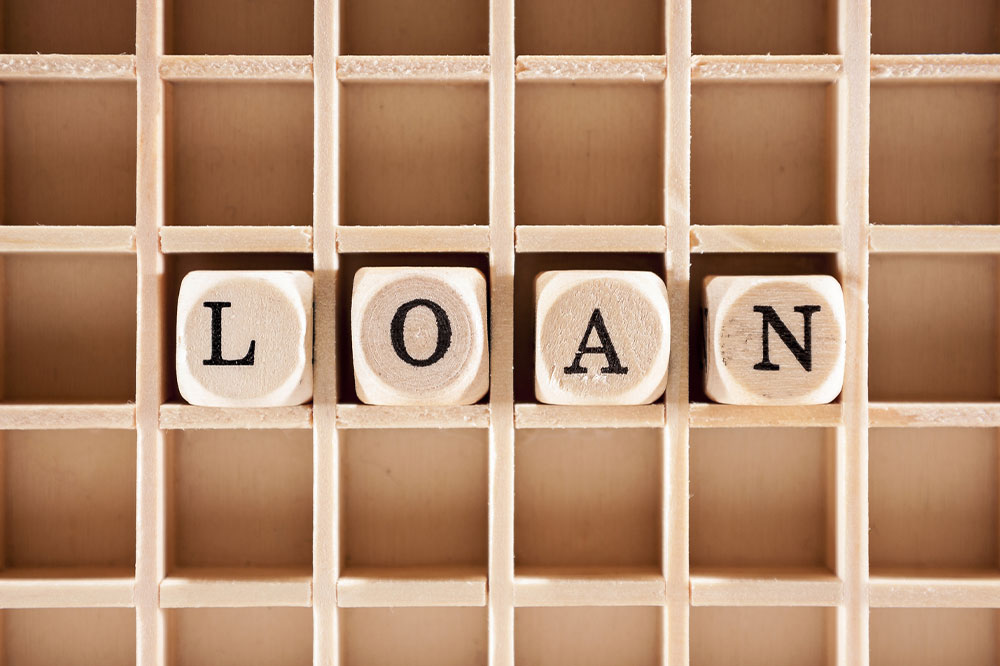Comprehensive Overview of Short-term Borrowing Solutions for Immediate Financial Needs
This comprehensive guide explores short-term borrowing options including secured and unsecured loans, payday advances, cash loans, and personal loans. Designed to help individuals understand the best quick-fix financial solutions, the article emphasizes responsible borrowing, repayment planning, and choosing the right financial product to suit personal needs. Whether facing emergencies or planning for urgent expenses, this detailed overview provides essential insights for making informed borrowing decisions and maintaining financial well-being.

Comprehensive Overview of Short-term Borrowing Solutions for Immediate Financial Needs
Facing urgent financial challenges or planning for significant upcoming expenses often necessitates rapid access to funds. Whether you need to cover unforeseen emergencies, make essential purchases, or pay pressing bills, understanding the options for short-term borrowing is crucial. Borrowing money can come from informal sources like friends and family or from formal financial institutions such as banks and credit lenders. Regardless of the source, developing a clear repayment plan is vital — this includes budgeting monthly repayments to stay on track and avoid falling into debt traps. Proper planning helps maintain financial health during emergencies and ensures borrowing remains manageable.
Knowing the different types of loans available allows you to select the most suitable option for your specific needs. Secured loans, such as mortgages and auto loans, require collateral — assets pledged against the loan — which can lower interest rates but pose risks if repayments are not met. Unsecured loans, including personal loans and cash advances, do not require collateral but typically have higher interest rates. These loans tend to be shorter-term and involve smaller amounts, making them ideal for quick financial fixes. Understanding these distinctions helps you make informed choices and avoid unnecessary financial burdens.
Types of Short-term Loans and Borrowing Options
There is a wide variety of short-term borrowing options designed to meet different financial needs. These include personal loans, mortgage loans, auto loans, and credit card advances. These loans generally fall into two main categories: secured and unsecured. Mortgages and auto loans are secured loans, meaning they are backed by collateral — the house or vehicle being financed. If borrowers fail to repay, lenders have the legal right to seize the collateral to recover their money. Personal loans and cash advances, on the other hand, are unsecured — they rely solely on the borrower’s creditworthiness, and failure to repay can have serious credit repercussions.
Unsecured loans usually come with lower borrowing limits and shorter repayment durations. Personal loans are often used for larger expenses and can be borrowed over several months or even years at fixed interest rates, allowing for predictable budgeting. Conversely, cash advances are typically small amounts borrowed with high interest rates and short repayment periods, often within a few weeks. These are especially useful for covering immediate, unforeseen expenses without the need for extensive credit checks or paperwork.
Cash loans are especially appealing for individuals with poor credit or those in urgent need of cash. They provide quick, hassle-free access to funds, usually deposited into your bank account within hours or a day. These fast cash solutions are excellent for bridging financial gaps momentarily and can be repaid easily once financial stability returns. However, it’s critical to borrow responsibly and understand the terms involved to avoid falling into unmanageable debt cycles.
Some common short-term cash borrowing options include payday loans, cash advances, and short-term personal loans. Each has unique features, eligibility criteria, and repayment complications. Knowledge of these options enables borrowers to select the best fit for their circumstances and manage repayment effectively.
Why Consider Short-term Cash Loans?
Short-term cash loans are invaluable when coping with immediate financial distress. They help cover routine expenses, unexpected emergencies, or urgent bills when funds are scarce. Typically, these loans are small in amount and have a repayment period of roughly 4–6 weeks, aligning with typical pay cycles. One significant advantage of short-term cash loans is their accessibility — they often do not require extensive credit checks, making them available to people with damaged or limited credit ratings. Additionally, quick deposits into your bank account provide immediate relief, reducing stress and helping to maintain financial stability during tough times.
Common Types of Short-term Borrowing
Understanding the different short-term borrowing options available can help you select the right solution for your current needs. Here are the main types:
Payday Loans
Payday loans are small, short-term loans that are usually due by your next paycheck. They are designed for people needing quick cash to cover urgent expenses just before payday. Due to their high-interest rates, payday loans can become costly if not repaid promptly. They typically have minimal qualifying requirements, sometimes not requiring a credit check, making them accessible to a broader range of borrowers. However, borrowers should exercise caution and borrow responsibly to avoid a cycle of debt.
Cash Advances
Cash advances involve withdrawing money against your existing credit card limit at ATMs or bank branches. This method provides rapid access to cash without waiting for loan approval. While convenient, cash advances often come with high-interest rates and additional fees, especially if repaid after a month. They should be used sparingly and primarily for emergency situations, as they can significantly increase interest charges and impact your credit rating if not managed properly.
Short-term Personal Loans
Personal loans for short-term needs are typically larger than payday loans and cash advances, ranging from $500 to $5,000 or more. These loans are usually granted to borrowers with decent credit and are structured with fixed repayment schedules, often spanning several months to a year. They offer predictable monthly payments, making financial planning easier. Compared to everyday high-interest borrowing options, short-term personal loans can provide better interest rates and repayment terms, helping borrowers manage their finances more effectively during temporary cash flow shortfalls.
While borrowing for emergencies is sometimes necessary, responsible borrowing practices are essential. Always evaluate your options, borrow only from trusted lenders, minimize unnecessary expenses, and prioritize paying off high-interest debt quickly once your financial situation improves. These steps can help you avoid long-term financial difficulties and foster healthier financial habits.





